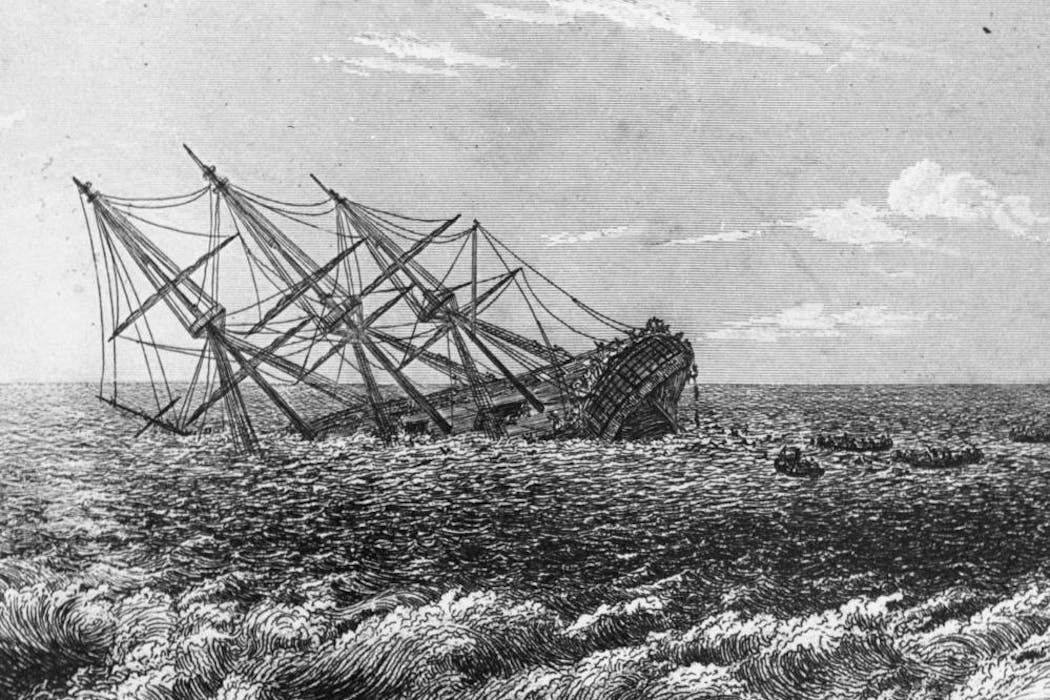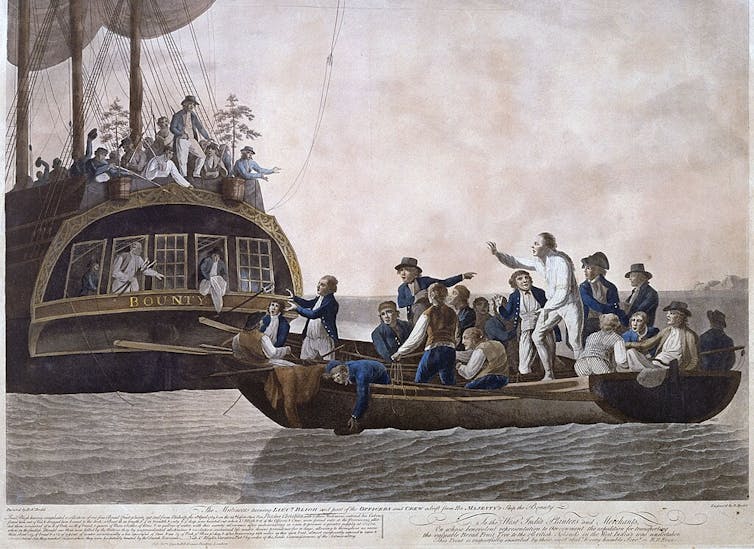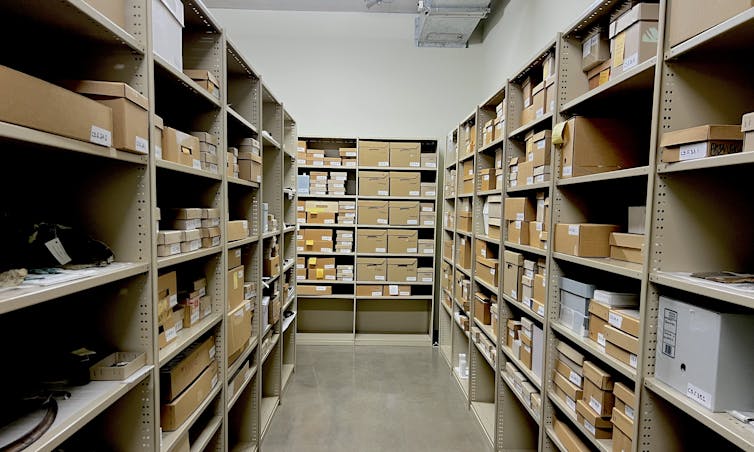Prime Minister La’aulialemalietoa Leuatea Schmidt has defended his decision to ban the Samoa Observer in response to a joint letter from the Pacific Islands News Association (PINA) and the Pacific Freedom Forum (PFF).
In a statement issued by the Press Secretary, Nanai Lave Tuiletufuga yesterday, the office of the Prime Minister acknowledged concerns raised by the PINA and the PFF, writing that the criticism was “respected and understood” but urged them “to seek full information before forming conclusions”, reports Sulamanaia Manaui Faulalo of the Samoa Observer.
“This is not a ban on media freedom — it is a response to persistent unprofessional and unethical conduct,” the release said.
“The action taken relates solely to the Samoa Observer, following sustained unprofessional behaviour, breaches of industry ethics, and continuous inaccurate and misleading reporting over an extended period.
“Samoa remains firmly committed to upholding media freedom, transparency, and open engagement with the media,” the statement said.
“However, it is equally important to clarify the context and the basis of the government’s decision.”
The release said that the move targets one media outlet and does not represent a broader clampdown.
‘Multiple opportunities’
According to the statement, the Samoa Observer was given “multiple opportunities for correction, dialogue, and improvement,” and that “No other media organisation in Samoa is affected. Engagement with all other local and regional media continues uninterrupted.”
The release also said it would follow due process.
“The Prime Minister has already indicated that a formal review will be undertaken in due course, once all matters surrounding the Observer’s conduct are addressed and resolved and the facts are fully documented,” the statement said. “This review will include an opportunity for the media organisation concerned to respond to the issues raised.”
The release also reiterated its recognition of the importance of a free press.
“The government reiterates that it welcomes robust scrutiny, responsible journalism, and constructive criticism,” it said. “At the same time, media freedom carries the corresponding responsibility of accuracy, professionalism, and respect for the truth.”
“The government invites PINA and PFF to engage constructively and to review the documented evidence of unprofessional reporting and breach of media ethical standards that led to this action,” the statement said.
“Samoa remains available to provide clarification and to work collaboratively to strengthen media standards across the region.”
No response to Samoa Observer
“The decision relating to the Samoa Observer is specific, justified, and based on conduct, not on an attempt or attack to suppress the free flow of information or journalism,” it said.
“The government of Samoa remains open to fair, balanced, and ethical engagement with all media organisations, both local and overseas.”
The Samoa Observer reached out to the government on November 19 to offer the opportunity to make corrections and provide clarifications on the five points originally raised as the reasons for the ban but no response has been received.
Article by AsiaPacificReport.nz


















